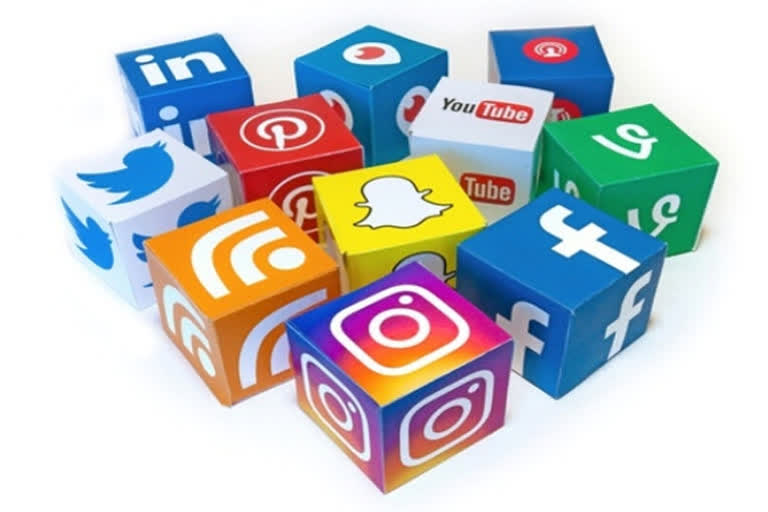Hyderabad:Social media has become an essential communications tool for people today. Social apps like Facebook, Twitter, WhatsApp and many other networking, photo sharing and microblogging sites and applications have become integral to our daily lives.
These sites allow us to create, manage and share messages, images, graphics etc. quickly to vast audiences. Research indicates that social media not just allows us to create and share information, it also allows us to widen online access, increase communication between people, and provide peer and emotional support.
In public health emergencies like the current COVID – 19 outbreak, social media can be a critical tool to reach out to people. While there are many advantages in using social media, it is important to remember that social media can be a double-edged sword.
While it is possible to share positive, authentic information on social media, it is also conducive to share rumours and misinformation just as easily. Therefore, we need to be cautious when we create, like or share information that comes our way via social media. The ups and downs of the last few weeks have really brought out this two-faced nature of social media.
The good information includes text, images, videos and graphics creatively used to reach out to the general public with messages on handwashing, physical distancing and self- quarantine. For example, the World Health Organization, the Ministry of Health and Family Welfare, the Public Health Foundation of India and several NGOs are using social media effectively to show people how to wash hand for 20 seconds (using the happy birthday song) or to show how to maintain physical distancing.
On March 22 not only did millions of Indians clap their support for health workers on the Prime Minister’s call, but they also shared it with millions on social media. The many health workers who are away from home could see the appreciation and support from fellow Indians. People are using social media as a tool for collective action by crowdsourcing food and essentials for health workers and stranded migrant labourers.
Celebrities are sharing videos and messages on abiding by the lockdown in India. Scientists, journalists and health care professionals are discussing government policies, latest news reports as well as providing social and emotional support to their peers. For news channels too, social apps increase their reach and provide additional views from new audiences.
In separate instances, two men from Mumbai and Kolhapur were arrested for spreading fake news about two couples being infected with coronavirus on WhatsApp. In Kolkata, a 29- year-old woman was arrested by Kolkata Police for spreading COVID related misinformation on social media. Self-styled gurus broadcast videos on how drinking gomurta rids us of all viruses.
Rumours and misinformation can be of four types:
1. Uninformed and incorrect information put up by people because they think it is useful. This kind of information is based on their fears and is not evidence-based.
2. Harmful information put up by people that is based on their beliefs.
3. False information to deliberately scare people.
